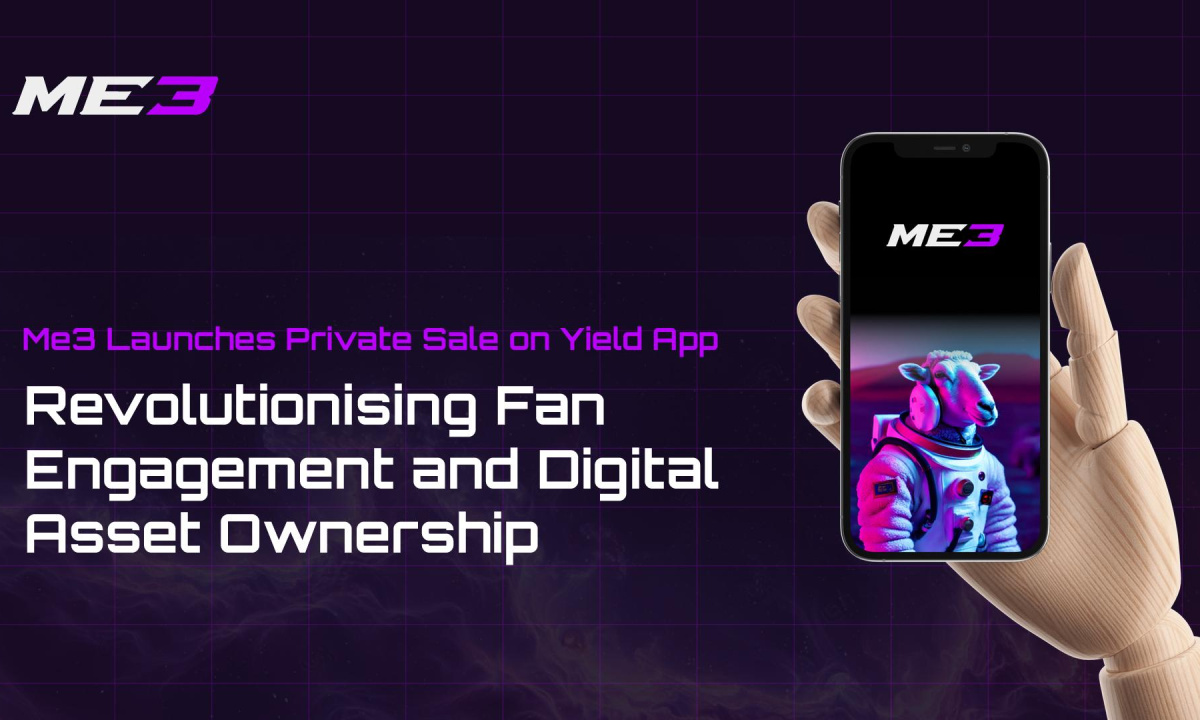Ethereum (ETH) has seen three types of accumulation cycles throughout its trading history. The first is accumulation by smart money also known as early adopters. The second is accumulation by institutional money. The third is accumulation by retail money. These three cycles occur in the same sequence over and over again. After the completion of the retail money accumulation cycle, we see a distribution period. The distribution period often follows after retail accumulation in other markets as well. This is because retail investors are the most likely to give in to sentiments of FUD or FOMO. They are more prone to making investment decisions based on emotions and thus end up losing to smart money and institutional money all the time.
All of this has happened over and over again so many times throughout history that it is almost unbelievable to think that people make the same mistake over and over again. Think about this, when Ethereum (ETH) was trading around $1,000, the vast majority of retail investors kept saying that they would go all in if the price fell to $400. The price fell to $400 and yet most of them did not buy. The price has now fallen again to $121 but most of them will still not buy. This is because they think that it might still drop to $100 or $70. The investor that once did not mind buying ETH/USD at $400 is now counting pennies and cents to buy. As ridiculous as that sounds, that is the sad reality of retail investing and why most people end up losing money.
Chart for ETH/BTC (1W)
This is the reason smart money, not retail money buys at this time. Smart money does not care about sentiment. It cares about the fundamentals behind the investment and believes in the long term future of the technology they invest in. Then enter the institutional money that is not as optimistic as the smart money as they have a variety of investments in other markets and often have people to answer to. So, they buy just when the probability of downside seems low and retail money is about to enter into the market again. They miss out on the dirt cheap prices that smart money accumulates at, but that is not their goal anyway. The goal of institutional money is to buy and dump on the retail money. This is as simple as it gets.
The retail money enters the scene when both the smart money and institutional money are done buying. It does not take much to take things to the next level at this point. Retail money sees a flying rocket to the moon and they jump onboard. Some buy at the right time, some buy too late but the majority ends up losing money. In the end, smart money and institutional money that bought when there was blood in the streets come up on top while retail investors give up till they see the next flying rocket.
Investment Disclaimer








